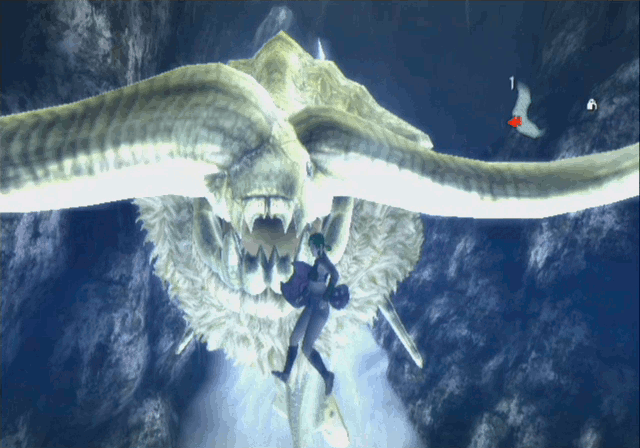Your average gamer doesn’t break a sweat upon seeing a Balrog in Moria; we’ve been slaying giants for so long that it might as well be a rabid bunny. There’s no sense of fear—not from appearance alone. Titles don’t convey power either; Dragon Quest VI features Mortamor, the King of Demons, but who shudders at his name without personally battling him? No one. Your average gamer hears “King of Demons” and says “Oh, please.” DQVI and Dragon Quest IX themselves make sure that he’s no big deal by introducing a bigger and badder dude who mocks the poor sap. Direct quote from DQIX describing one of the bonus bosses:
“Brutal bad-dream demon from another dimension. So strong that he makes Mortamor seem more like Snoretamore!”


Dialga and Palkia may be capable of destroying the world, but breaking out of a tiny ball is a tough order.
After killing Death a dozen times in Castlevania and enslaving creatures who control time and space in Pokémon, we’re all Gimli from DM of the Rings. We see an elder dragon the size of a whale and our first thought isn’t “AAAHHH!!!” It’s more like “you’re going down” or “huh, pretty cool-looking dragon” or “I’ve seen better.” Or maybe it’s something else entirely.

A monster hunter takes a dive in her best swimsuit only to swim across the Ceadeus. Not pictured: shortly afterward, she shrugged and continued enjoying her tropical vacation.
A monster can be memorable simply for its size, but imposing fear on players requires substance. Just like movies, stories, and plays teach the audience what to expect as they go along—a comedy usually opens with humor and makes minimal use of dramatic moments; a drama does the opposite—the challenge in a game directs players’ expectations. A monster’s real fear factor is rooted in gameplay.
You're brave enough to keep reading. I can see it in your eyes.


